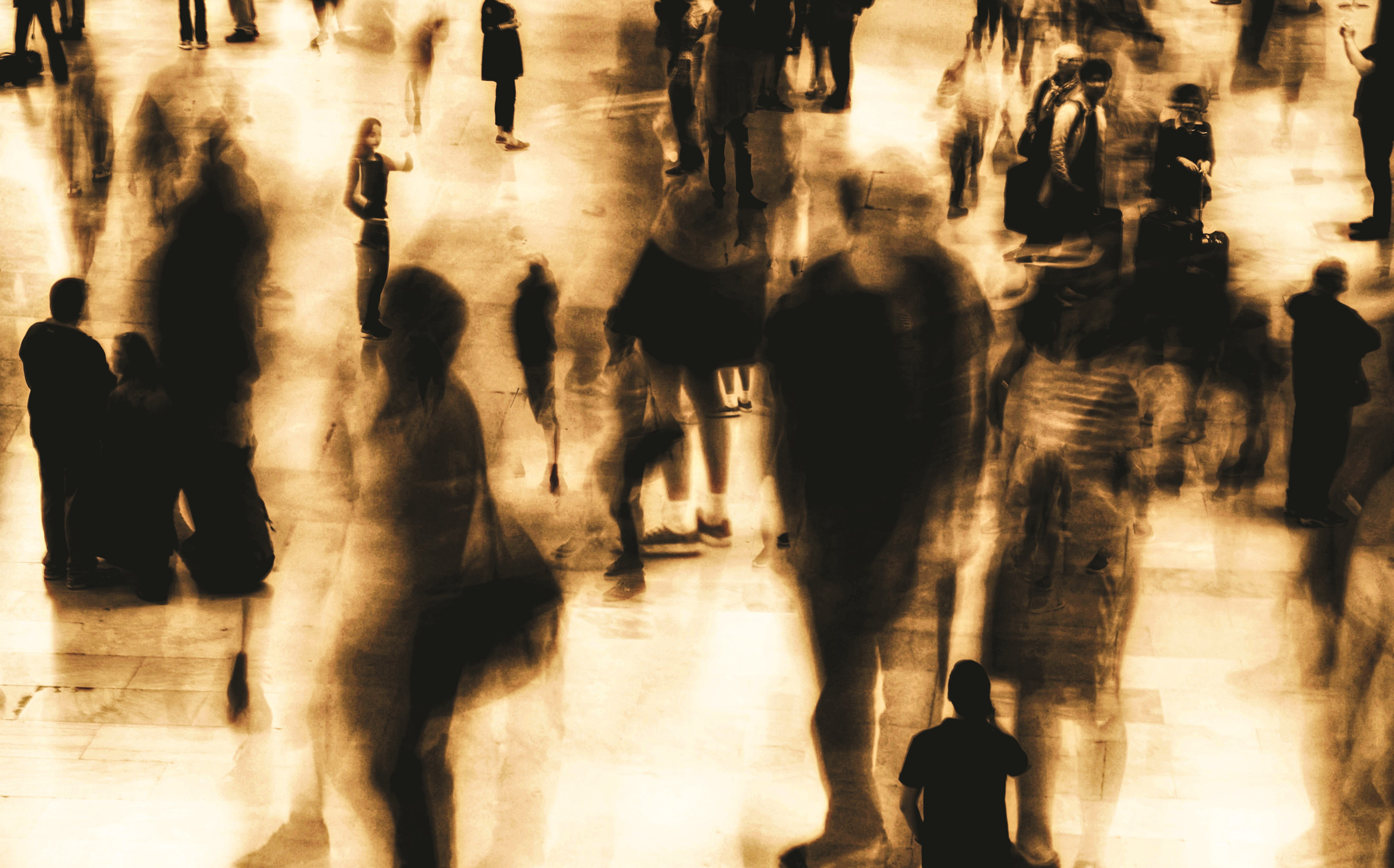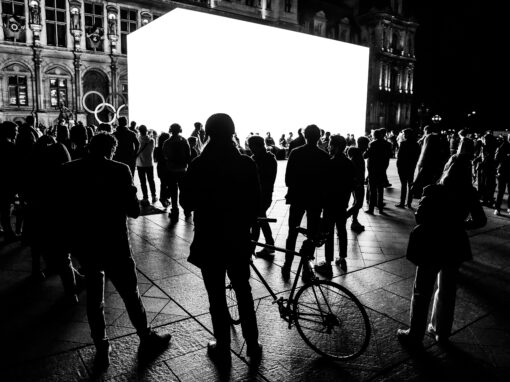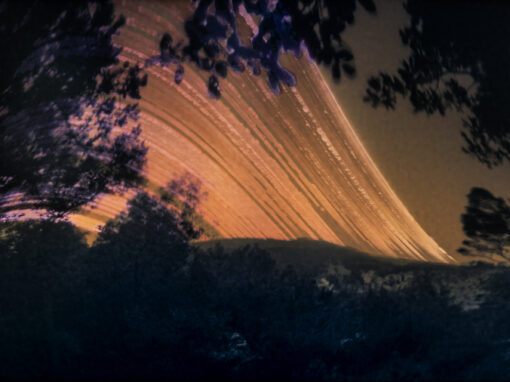I often wonder about our expectations for a photo book.
There are 1000 times 1000 different ways to imagine photography. Portraiture, sports, still life, street, composite, Fine Art, documentary – the list goes on. And so I find myself impressed quite often by a photographer’s ability to reimagine the medium into something larger than what I can expect.
“Hauntings” by Antonio Mozeto
Self-published, 2023
review by W. Scott Olsen
This does not mean the work always speaks to me. But it does mean the work provokes me and challenges me. The work is instructive and illuminating. It teaches me about the world, and just as importantly, it teaches me about myself. It makes me think of photography as inhabiting a larger world than I did before.
Photography is a way to document the world. Just as immediately and just as intimately, photography is a way to document the artist. Everything about an image, in every genre and style, is evidence of the photographer’s psychology and worldview.
Sometimes, photography brings me news of a psychology I find disturbingly familiar.
The very best art that comes to us is news of something we have always known but seldom, if ever, articulate or admit.
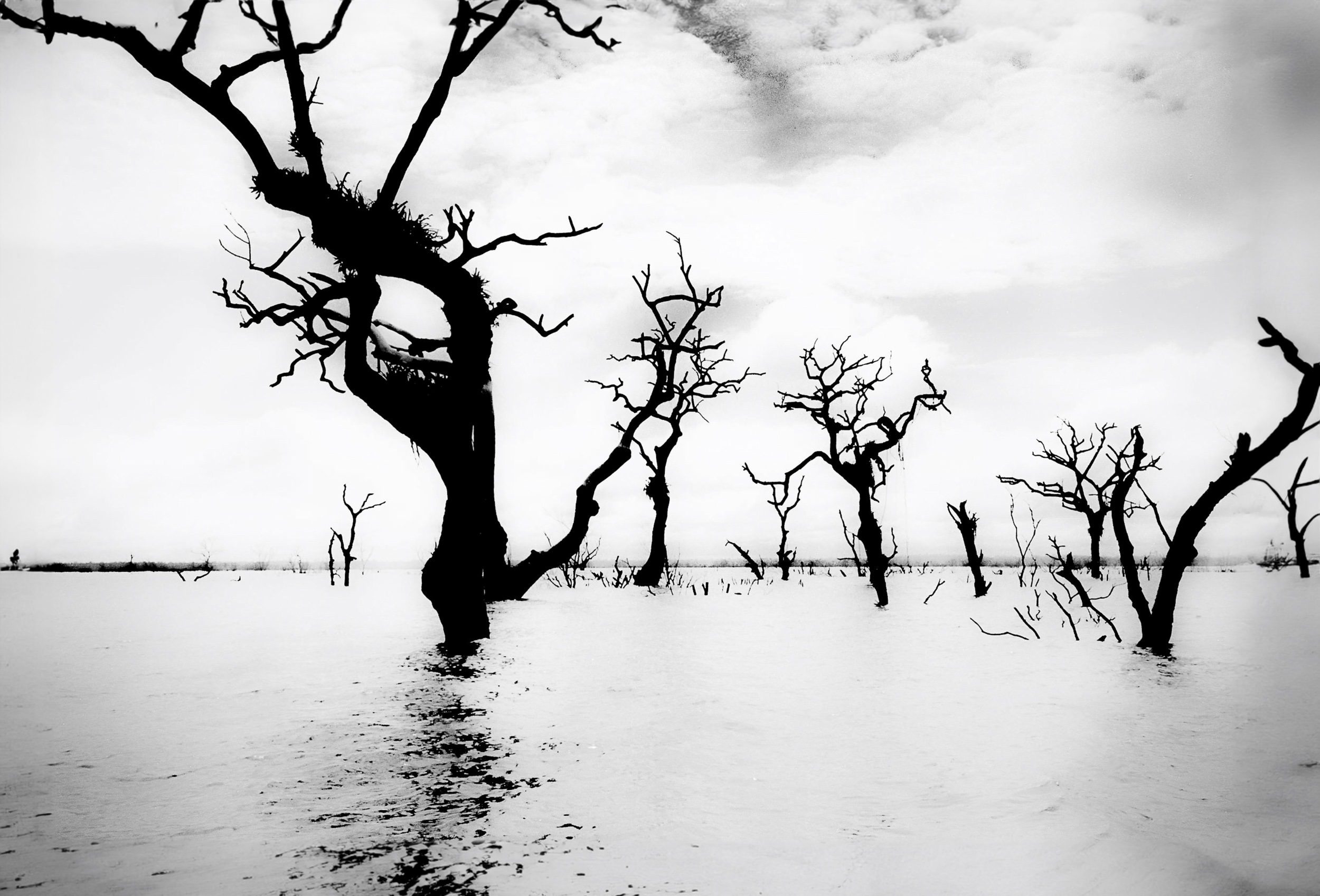
I’m thinking of this because I have on my desk today a book by Antonio Mozeto called Hauntings. Hauntings is a book I do not want to pick up. Yet when I do, Hauntings is a book I do not want to put down.
As you might expect from the title, Hauntings is a contemplative, dark, psychological project. It has very little to do with bringing us images of a world we recognize. Instead, it brings us news of Mozeto’s interior world, in which we are invited to see our own.
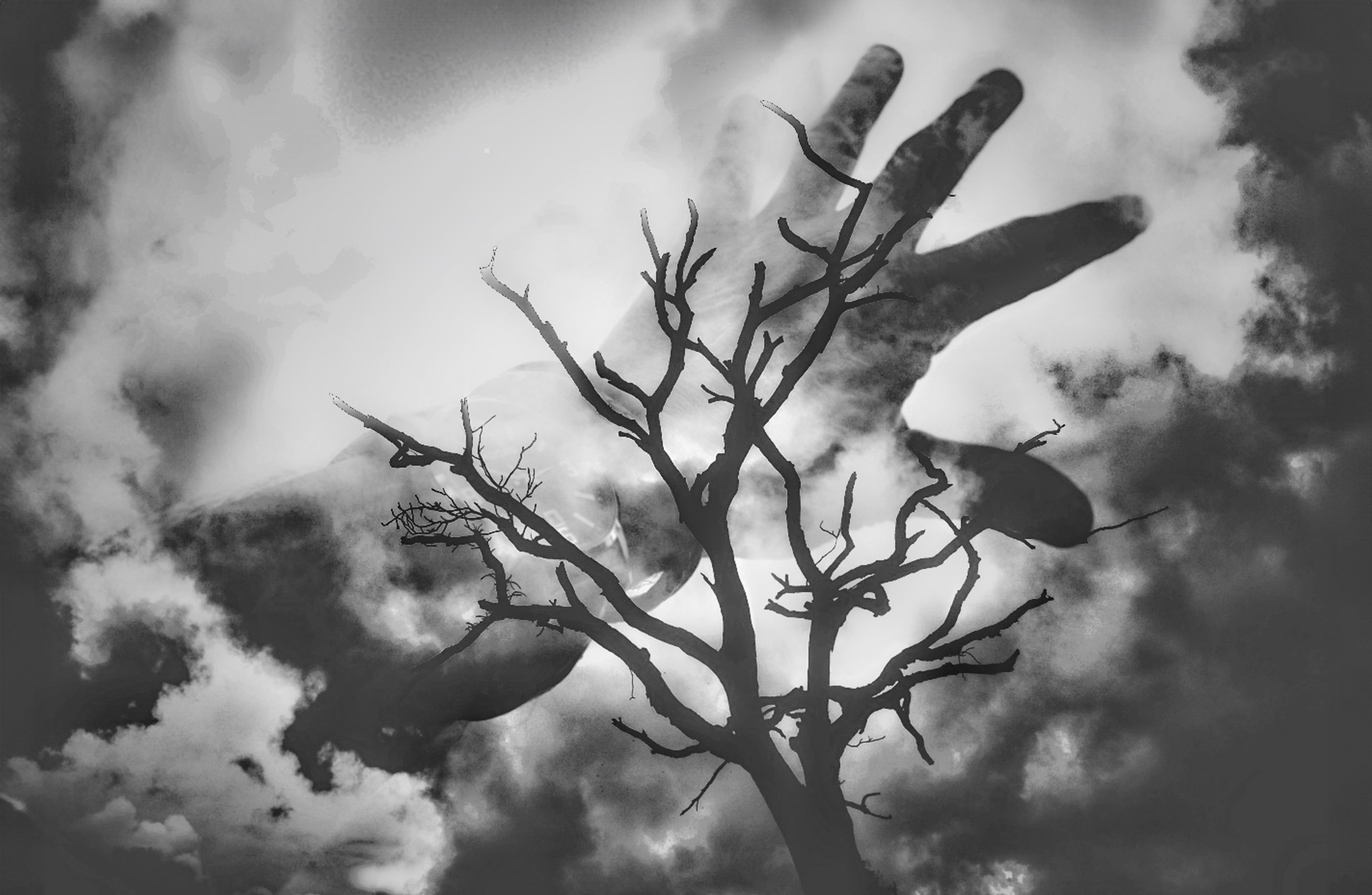
In an introduction by Roberto Cecato from the PhotoWeb Academy in Sao Paulo, he writes:
To haunt is to appear in a place as a ghost or apparition, but it is also synonymous with marveling and dazzling. On the exact path of this apparent contradiction. Mozeto’s images take us to a dreamlike world full of references that populate the author’s imagination. Dark and dematerialized reflections of himself spilling over landscapes and recesses, on an intimate journey that invites us to reflect on our own shadows.
Hauntings is an impressive and disturbing book, which I mean in the very best way. The images are monochrome, most of them in black and white while some are toned with sepia, orange, and red, and while there are recognizable elements to the images—trees and lakes and birds and sky, the view through the windshield of a car, clock faces and the shadows of people—the book has nothing to do with documenting the external world. Every image in this book is an expression of an internal state. Moody, shadowed, confusing, frightening.
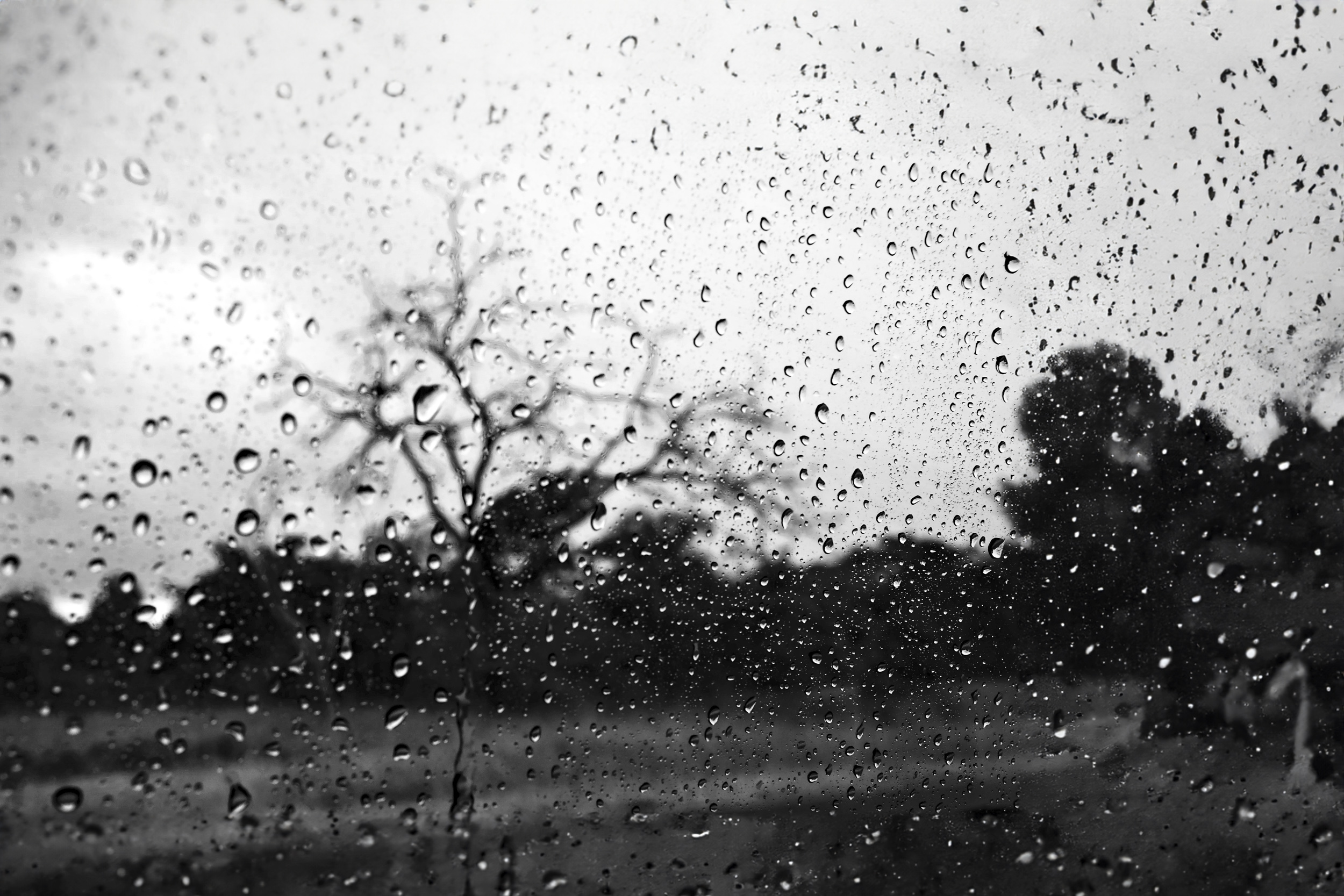
To be clear, this is not a book of ghost stories. Given the title, you might most easily expect the material of a scary movie. But this is not the case. This is material of a provocative and troubled imagination, and looking at these images, I find myself wondering not about Mozeto’s state of mind as much as my own. In each of these images I find a kind of resonance, a reflection back to myself.
Again in the introduction by Cecato, he writes:
With humility and lightness, the author indulges in daydreams that materialize through his lenses and mind as shadowy reflections of his inner light. Flowing from memory and emotion, Antonio Mozeto’s shadows invade our perception and invite us on this journey, echoing Carl Jung’s words: “Who looks outside dreams; who looks inside awakes.”
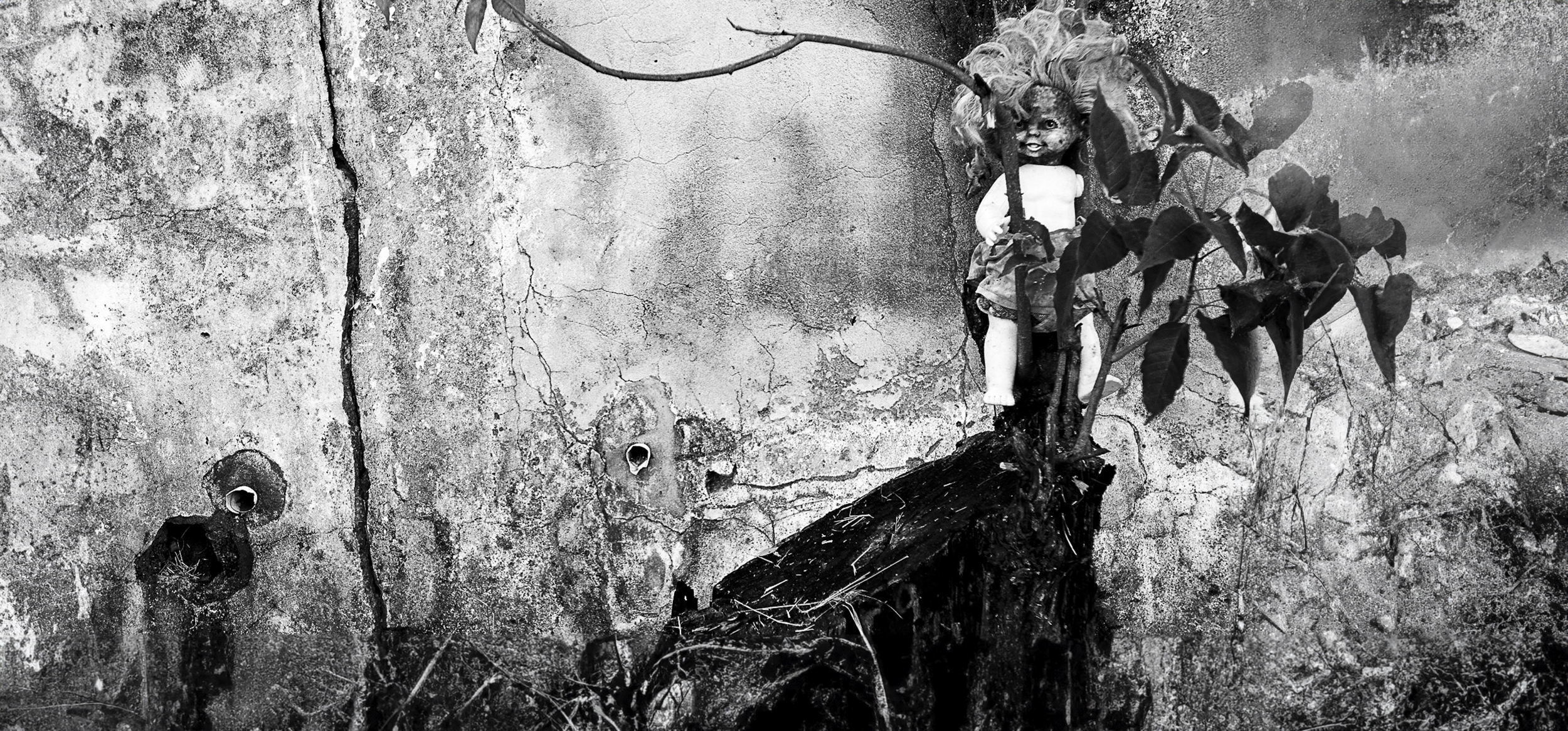
As Mozeto himself writes in an afterword:
Photography (also) serves this role of searching for ourselves, of seeking this revelation of who are truly are and who we have been throughout our lives. The camera is like an archeological instrument in excavating deeper layers of our innermost life.
Hautings is the kind of book you cannot imagine picking up often. It does not contain beautiful seascapes. It does not contain news of either the profound or profane. And yet, despite this, I find myself picking it up often. There is news in this book of the human heart and mind and soul.
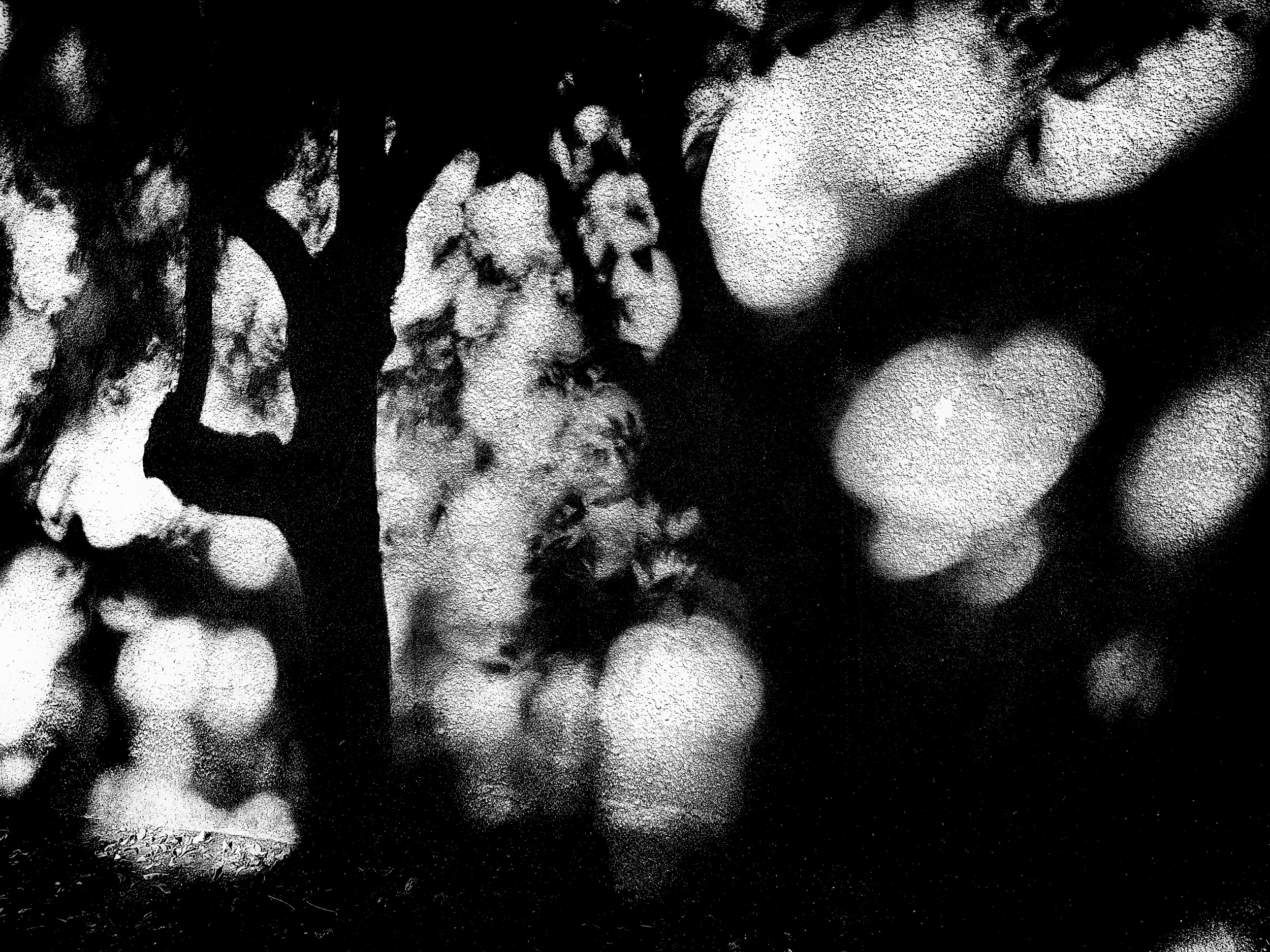
There are blurred images, multiple-exposures, a feeling that something dark is always about to happen. Sometimes, an image takes up an entire spread, and sometimes, the images are smaller or joined with others. Sometimes, a spread is entirely black, acting as a type of chapter break. From a book-design and book-arts point of this, this book is excellent. Mozeto credits Robert Cecato as the curator of the project.
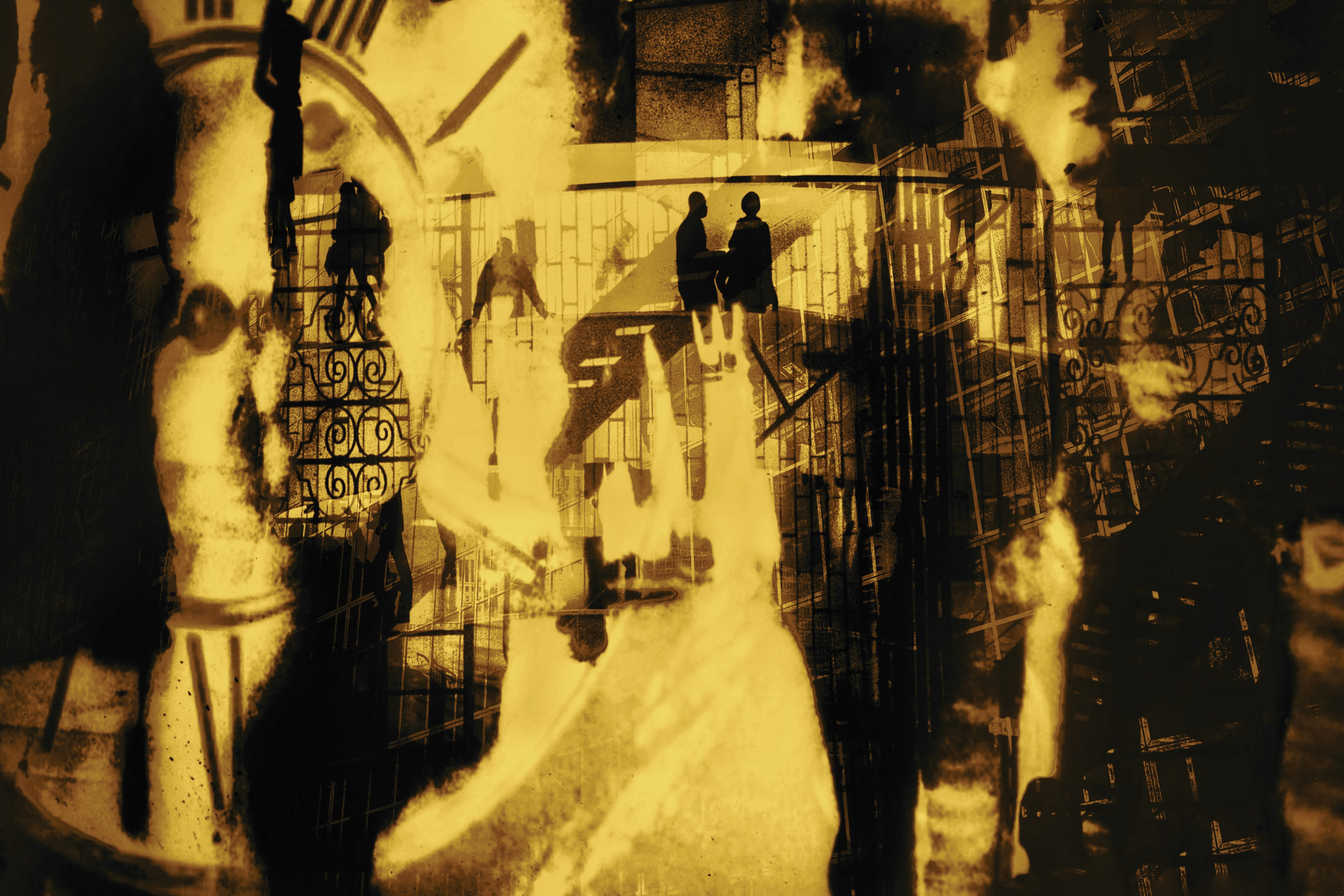
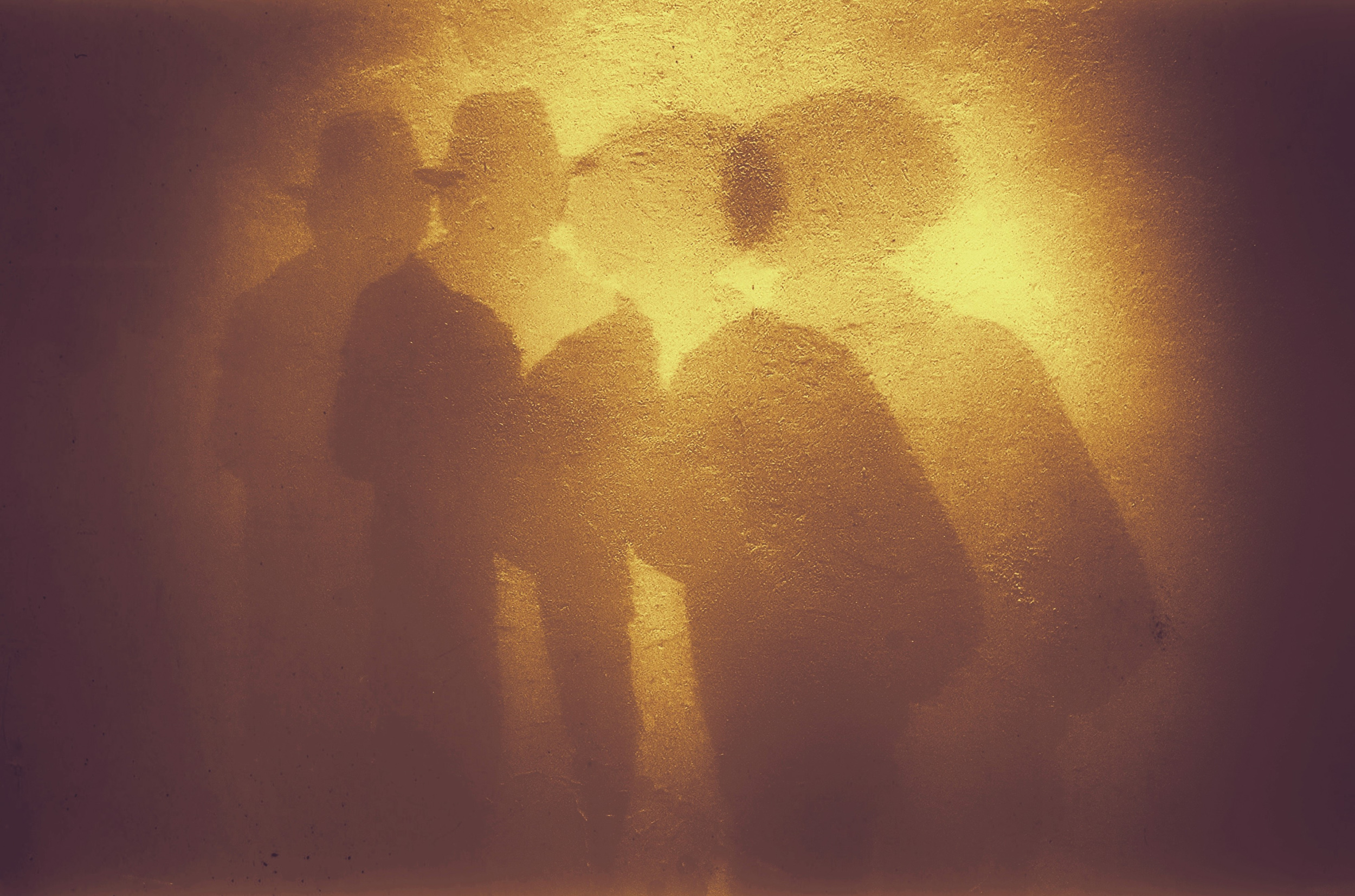
Each image is a provocation to linger, not only on the photographic quality but with the truths it suggests.
A note from FRAMES: Please let us know if you have an upcoming or recently published photography book.

